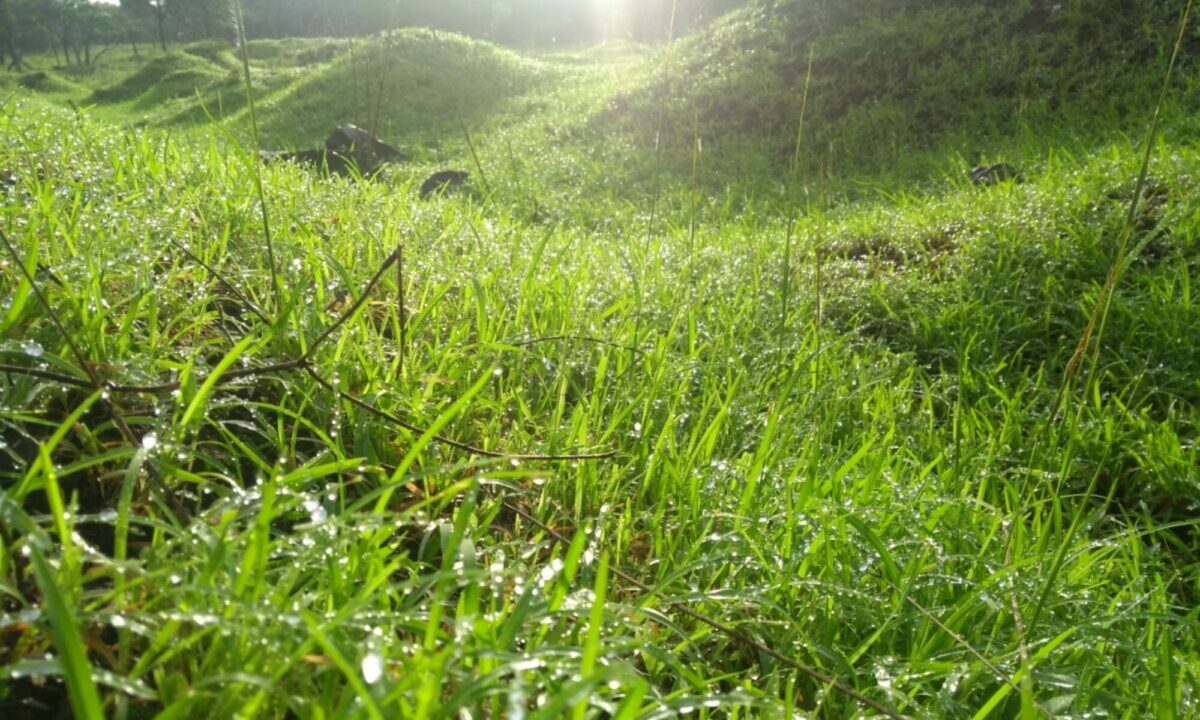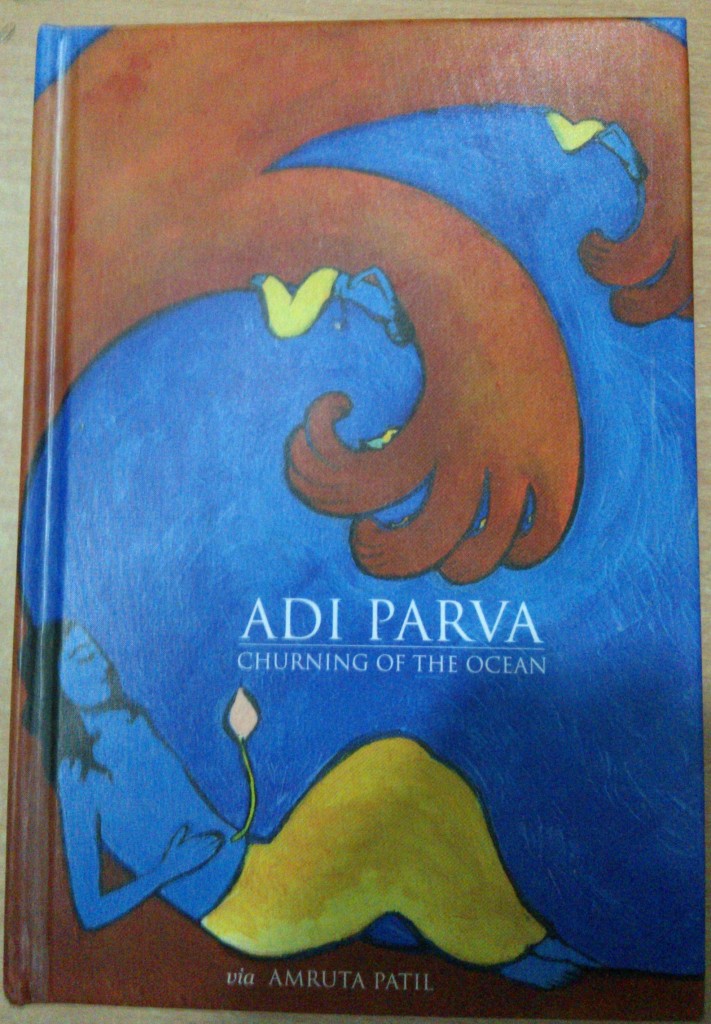The following post won the second prize in the Women’s Web Celebrating Girls, Celebrating Women Contest
Children are our most treasured possessions especially daughters. The mother daughter bond is very very strong and never really seems to be broken whatever the age. I know my mother worries about me even now and would take every opportunity to look out for me though both of us have several decades to our credit.
This is my entry for the Women’s Web Celebrating Girls, Celebrating Women Contest. It is an introspective article I wrote long ago (31 Jan 2009 to be precise) and which was published online in a now-extinct e-zine called 4indianwoman. Its entitled “Butterflies”
Butterflies
I had watched her tentatively spread her
wings as she ventured into a hundred year old college. Frankly I was worried.
What if she could not find suitable friends? What if she was ragged? What if
she could not manage notorious Pune traffic on her brand new two-wheeler? What
if… the list was ever growing and I worked overtime to sort out any wrinkles in
picture developing on the canvas of her life.
I was roundly accused of pampering, a
charge I sometimes admit to… Had I forgotten I too had been to a college or my
first days there? Our parents were tougher I think, as we fended for ourselves
quite easily. There was not such a huballoo about ‘healthy interaction’ a
polite term for ragging- as mostly it stayed just that. Being in Bombay (as it
was called then) we all travelled by bus or train with no mobiles to stay
connected. Yet never once did we feel disconnected or unsafe. Actually parents
too never felt the need to constantly be in touch with us.
Then why was I different? I looked around;
all mothers like me seemed to be in the same boat and they too had an
upbringing similar to mine. We all were falling head over heels to do that
extra bit for our kids. Did somebody say children faced peer pressure? I seemed
to be falling prey to the same….
So here I was managing home and hearth and
career and now had pulled on this added responsibility. Tackling college
authorities for amenities was my pet peeve and one that had my blood pressure
going through the roof.
But getting back on track, she made her
first solo and slowly found a whole new world opening up. I saw the world
through her eyes all over again yet could never understand the joy of eating a
wada pav from the streetside vendor or endless texting on the cell phone or
watching movies from the first row!
Getting into a B-school was a natural
progression of her education but all my joy was offset by my worry receptors
again working overtime. So began yet another episode. Of course today’s hostels
are much different from my time, but I was not reassured.
The course was designed to sort out wheat
from chaff, never mind that these students had undergone a gruelling selection
process. Hearing her strenuous routine had me in shivers. But then companies
did not pay obscene salaries for nothing. They knew the product they recruit
has it in him/her to take on corporate battles. So I guess learning was
happening 24X7 for both of us. To be fair some of this ‘help’ was unasked for….
A sane voice inside reminded me everyone
has to put in such hours. I understood that she needed to go through the
process to emerge stronger. But understanding would not translate into actions…
I prayed that God give my strength to her, give me her fatigue and doubts so
she could soar higher. I did whatever I could to ease her burden!
That’s when I was told this story. A
butterfly emerges from a cocoon by pushing out through its enfolding layers.
Unable to bear its struggles, a child peeled off layers of the cocoon and
waited with baited breath for the colourful beauty to fly into his hand. But
that did not happen. It fell to the ground lay weakly flapping its wings…
Nature had deemed its struggle necessary. This was to force liquid from its
body to its tiny wings to make them powerful.
Some activities are necessary to gain
survival skills. That is the law of Nature. The modern urban jungle too has its
own laws to live by, its unique dangers that one has to learn to face and
conquer. I would be doing an injustice if I tore away the cocoon or worse
continued to reinforce it. Butterflies have to strengthen their own wings if
they want to come out of the closed confines of the cocoon however warm and
cosy it may be. And those around (namely me or other Moms like me) have to let
them learn and win! The earlier we do it the better!


